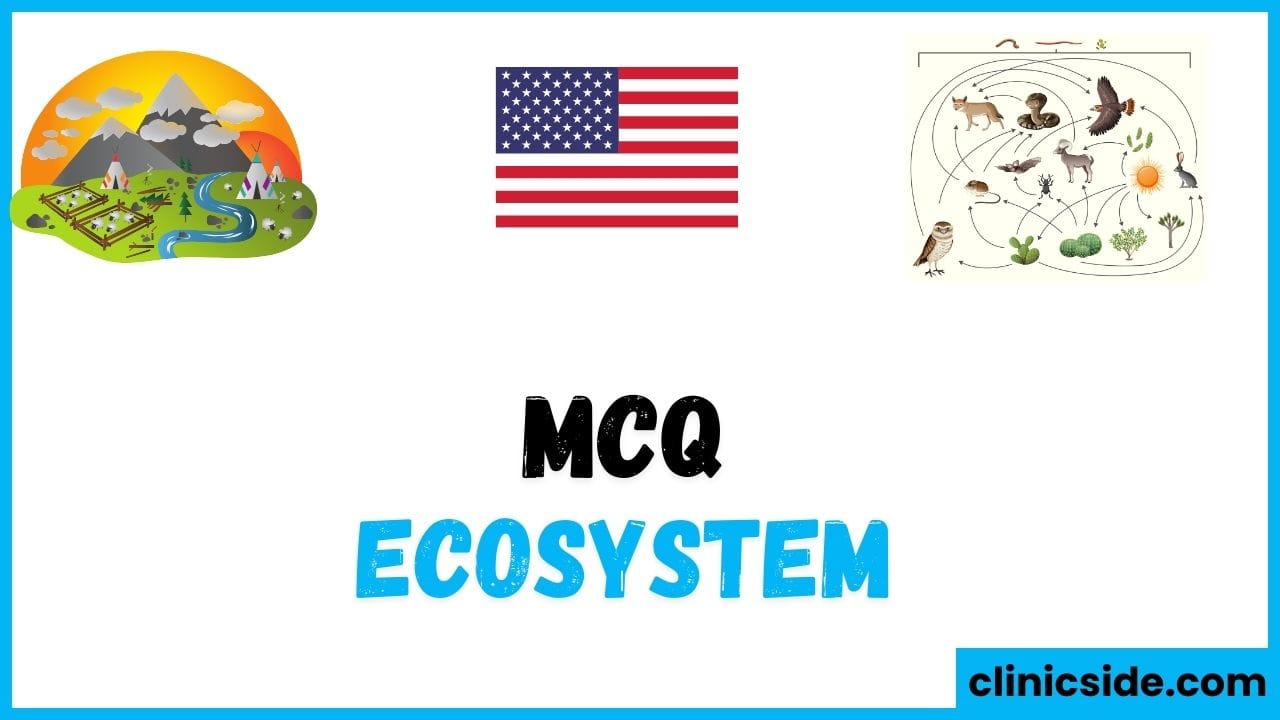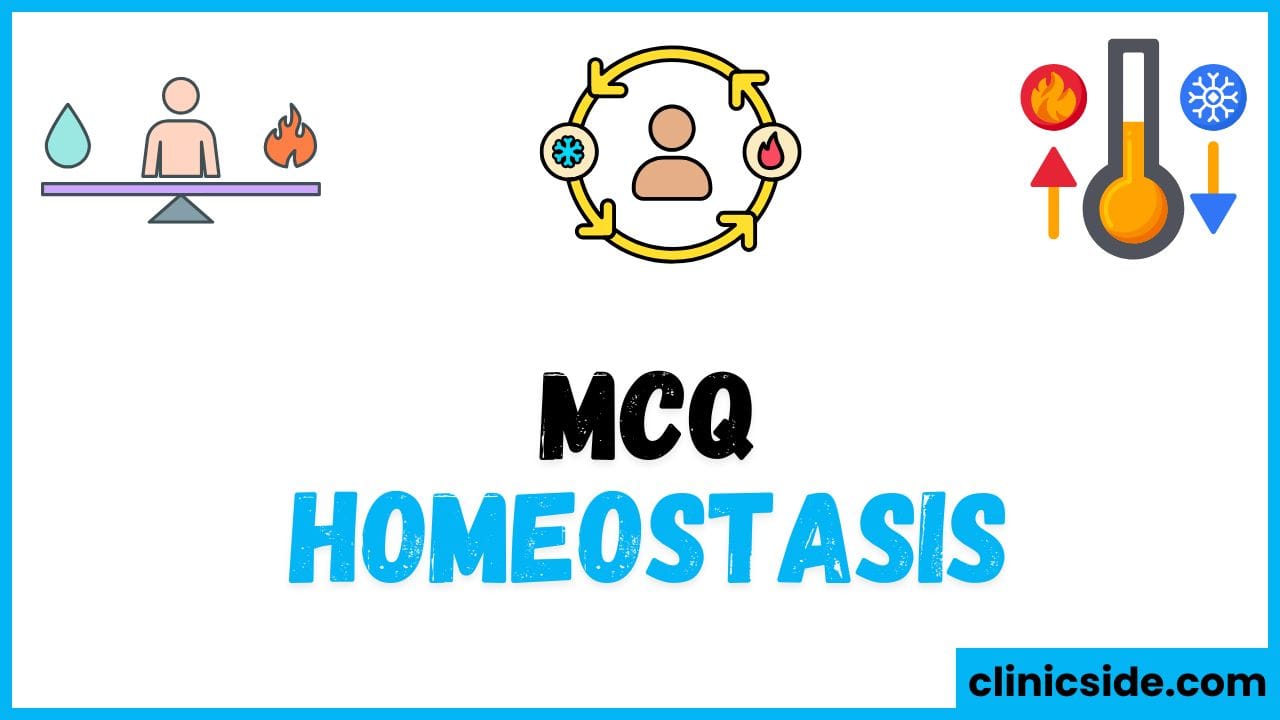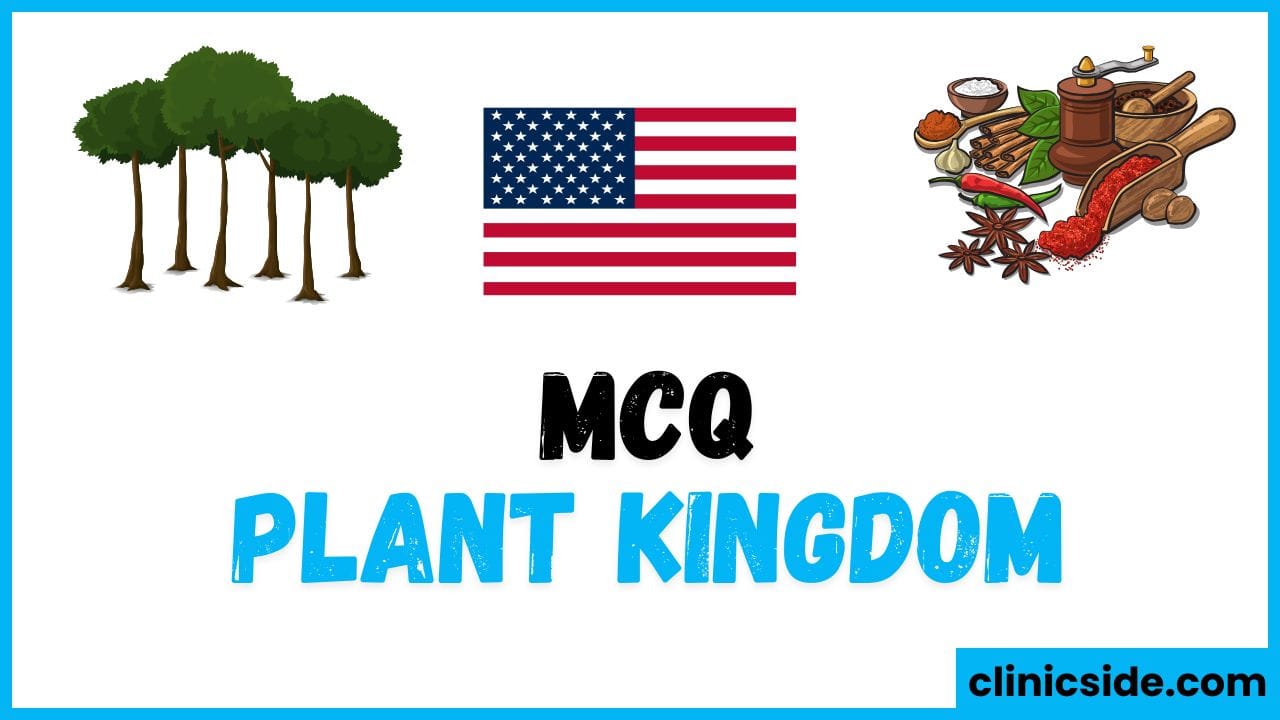Understanding Ecosystems: Key Concepts and Principles
An ecosystem is a community of living organisms interacting with each other and their physical environment. It includes both biotic (living) factors, such as plants, animals, and microorganisms, and abiotic (non-living) factors, such as sunlight, water, air, and soil. Ecosystems can range from small-scale environments, like a pond, to vast ecosystems like forests, deserts, and oceans. Understanding the structure and function of ecosystems is crucial for comprehending the flow of energy, nutrient cycling, and the complex interactions between organisms and their environment.
1. Biotic and Abiotic Components
- Biotic Factors: These are the living components of an ecosystem, including plants, animals, and microorganisms. These organisms interact with each other in various ways, such as through predation, competition, and mutualism.
- Abiotic Factors: These are the non-living components of the environment that affect the organisms living within the ecosystem. Examples include sunlight, temperature, water, soil, and atmospheric gases. Abiotic factors play a crucial role in shaping the structure and function of ecosystems.
2. Energy Flow in Ecosystems
- Primary Producers (Plants): Plants and other photosynthetic organisms (like algae) form the first trophic level in an ecosystem. They use sunlight to produce their own food through the process of photosynthesis, converting solar energy into chemical energy stored in glucose.
- Consumers: These organisms depend on other organisms for food. They are classified into:
- Primary Consumers (Herbivores): These organisms consume plants and are the second trophic level in a food chain.
- Secondary Consumers (Carnivores): These organisms feed on primary consumers and are typically located higher up in the food chain.
- Tertiary Consumers: These organisms are apex predators that feed on secondary consumers.
- Decomposers: Decomposers, such as fungi and bacteria, break down dead organic material and recycle nutrients back into the ecosystem. This process is essential for nutrient cycling and ecosystem stability.
3. Trophic Levels and Food Chains
- In an energy pyramid, energy is transferred from one trophic level to the next. At each level, energy decreases due to energy loss in the form of heat and through metabolic processes. A food chain represents the linear path of energy flow from one organism to another, while a food web shows the complex, interconnected feeding relationships within an ecosystem.
4. Ecological Relationships
- Mutualism: In mutualistic relationships, both species benefit. For example, bees pollinate flowers while obtaining nectar, which helps the flowers reproduce.
- Competition: Species may compete for resources such as food, space, and mates. Competition can occur between individuals of the same species or between different species.
- Predation: In predatory relationships, one organism (the predator) hunts and consumes another (the prey). This relationship helps regulate population sizes and maintain ecosystem balance.
5. Biodiversity
- Biodiversity refers to the variety of life forms within an ecosystem, including the diversity of species, genes, and ecosystems. High biodiversity typically indicates a healthy and resilient ecosystem. However, biodiversity can be threatened by factors such as habitat loss, pollution, and climate change.
6. Environmental Challenges and Human Impact
- Invasive Species: Invasive species are non-native species that disrupt local ecosystems by outcompeting native species for resources. They can alter the balance of ecosystems, often leading to a loss of biodiversity.
- Deforestation: Deforestation involves the large-scale removal of forests, leading to habitat loss, reduced biodiversity, and negative impacts on the global climate through increased carbon dioxide emissions.
- Climate Change: Human activities, such as burning fossil fuels and deforestation, are contributing to climate change, which in turn affects ecosystems by altering temperature, precipitation patterns, and sea levels.
7. The Importance of Ecosystem Services
Ecosystems provide vital services that sustain life on Earth. These include:
- Provisioning Services: These are the products obtained from ecosystems, such as food, water, and raw materials.
- Regulating Services: These services regulate processes such as climate, disease, and water purification.
- Cultural Services: Ecosystems provide recreational, aesthetic, and cultural benefits.
- Supporting Services: These services support processes like nutrient cycling, soil formation, and primary production, which are essential for the functioning of all ecosystems.
Conclusion
Ecosystems are complex and dynamic systems that rely on the interaction of both living and non-living components. Understanding how energy flows through ecosystems, how species interact, and how human activities impact the environment is essential for conserving biodiversity and maintaining ecosystem health. By studying ecosystems, we gain valuable insights into how to protect our planet’s natural resources and ensure the sustainability of life on Earth.





